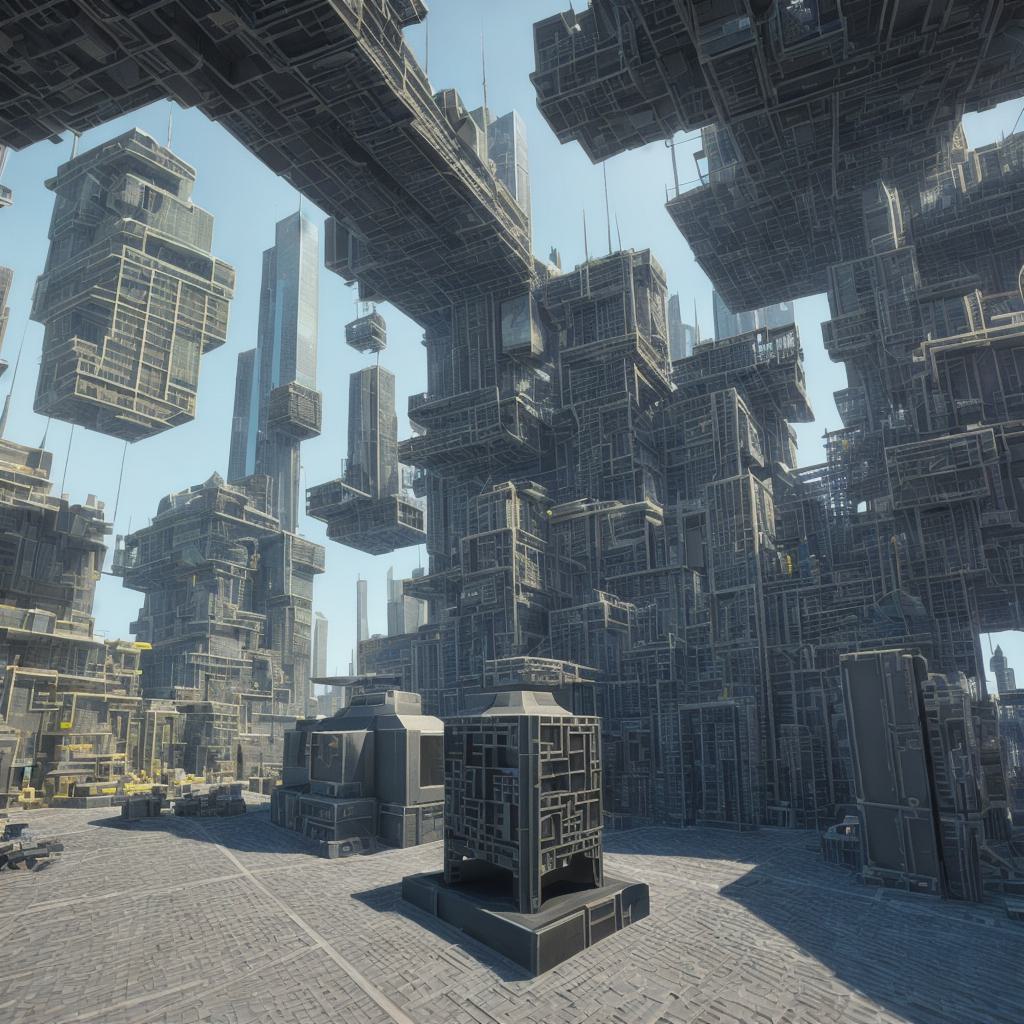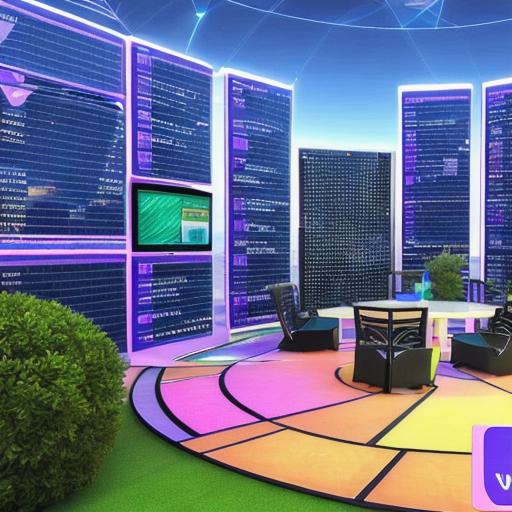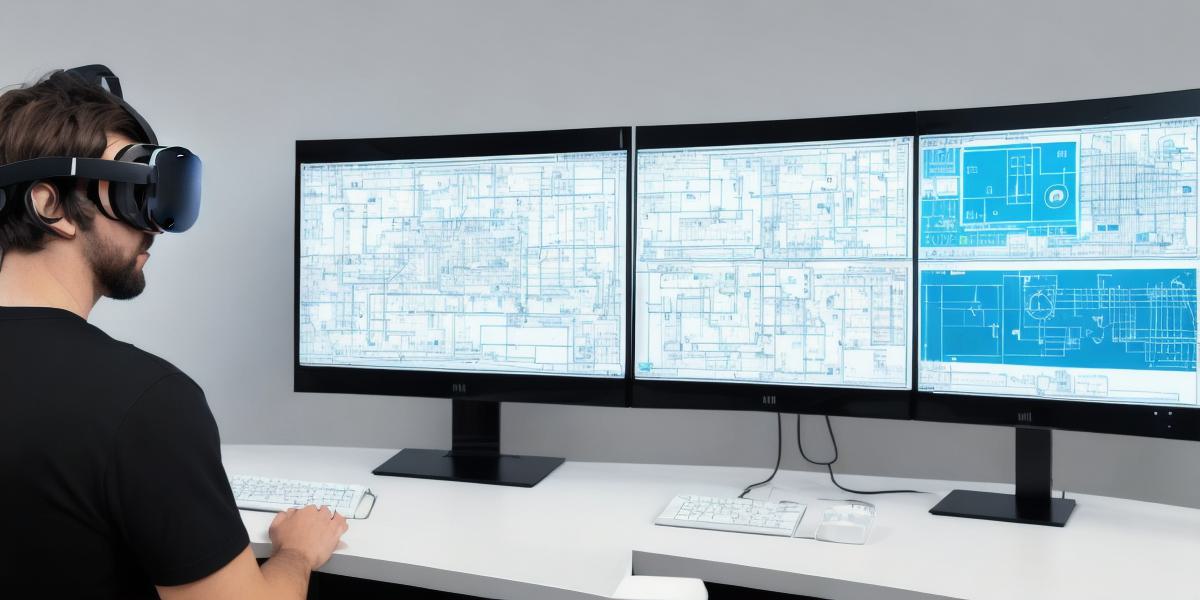As the metaverse continues to evolve, more people are exploring the idea of creating their own virtual worlds. However, the cost of building a full-fledged metaverse can be prohibitive for many. In this guide, we’ll discuss how you can build a basic metaverse for free using open-source tools and platforms.
**Table of Contents:**
- Understanding the Concept of a Metaverse
- Choosing Free Tools and Platforms
- Setting Up Your Virtual World
- Creating Assets for Your Metaverse
- Engaging Users in Your Virtual World

1. Understanding the Concept of a Metaverse:
A metaverse is a collective virtual shared space, created by the convergence of virtually enhanced physical reality and physically persistent virtual reality. It’s essentially an immersive, interactive 3D environment where users can socialize, create, and explore together. Building a metaverse involves creating the world itself, as well as populating it with assets, experiences, and user interaction.
2. Choosing Free Tools and Platforms:
- Blender for 3D Modeling: Blender is an open-source 3D creation suite that supports modeling, animation, simulation, rendering, and compositing. It’s a versatile tool with a large user community and extensive tutorial resources.
- Unity3D for Building Your Metaverse: Unity3D is a cross-platform game engine used to create immersive experiences. It supports 2D, 3D, VR/AR, and even real-time rendering, making it an excellent choice for building a metaverse.
- OpenSimulator for Hosting Your Virtual World: OpenSimulator is an open-source virtual world platform that can be used to host your metaverse. It supports various extensions and plugins, enabling you to customize the user experience.
3. Setting Up Your Virtual World:
- Begin by downloading and installing Blender for 3D modeling, Unity3D for building your metaverse, and OpenSimulator for hosting your virtual world.
- Use Blender to create basic 3D models for your environment, such as terrain, buildings, and objects.
- Export these models in a compatible format, like .obj or .fbx, and import them into Unity3D.
- Build the layout of your metaverse in Unity3D by arranging the imported assets and scripting user interaction.
- Once complete, export the project as an OpenSimulator package file.
4. Creating Assets for Your Metaverse:
- Use Blender to create textures, animations, and other media files for your metaverse assets.
- Import these files into Unity3D and apply them to the corresponding 3D models.
- For more complex assets, such as scripted objects or interactive features, use Unity3D’s C scripting capabilities.

5. Engaging Users in Your Virtual World:
- Add user interaction elements, like chat systems and mini-games, to your metaverse using C scripts in Unity3D.
- Create promotional materials, such as social media postsings or YouTube videos, to attract users to your virtual world.
- Offer unique experiences or incentives for users who join early, encouraging them to share the experience with others and invite friends.
In conclusion, building a basic metaverse for free is an achievable goal using open-source tools like Blender, Unity3D, and OpenSimulator. With dedication, creativity, and the right resources, you can create an immersive virtual world that offers unique experiences for users. Remember, the most essential aspect of a successful metaverse isn’t the technology, but the community you build around it.
